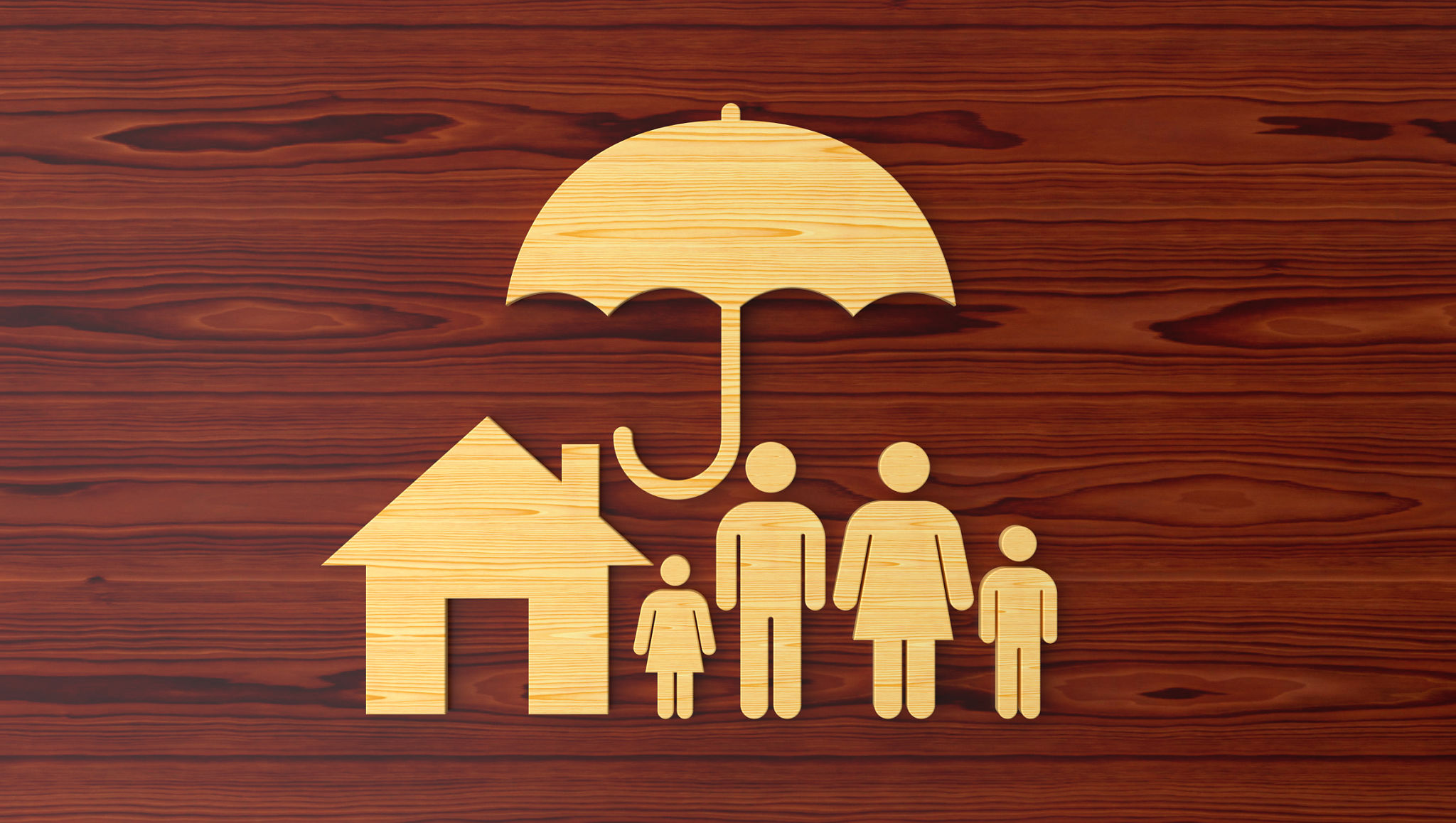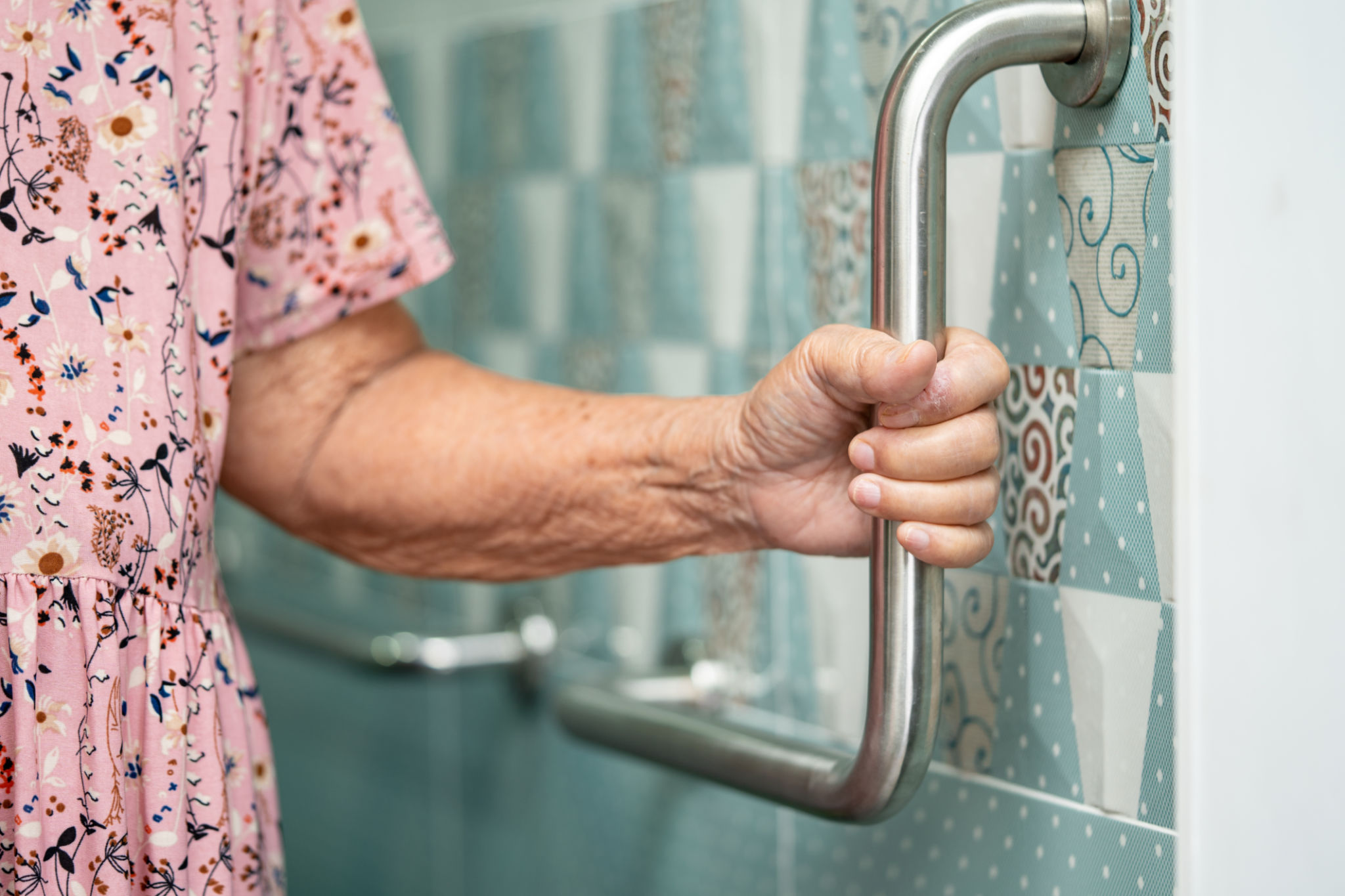Creating a Safe Home Environment for Someone with Dementia
Understanding Dementia and Its Impact on Safety
Dementia affects memory, thinking, and behavior, making it crucial to adapt the home environment to ensure safety and comfort. As cognitive functions decline, individuals with dementia may struggle with tasks they once found simple. This creates a need for a home that is both secure and supportive.
Creating a safe home environment involves addressing physical hazards and ensuring emotional well-being. By making thoughtful changes, you can help maintain independence and quality of life for your loved one.

Addressing Physical Safety
Preventing Falls
Falls are a major risk for individuals with dementia. To minimize this risk, ensure that walkways are clear of clutter and that rugs are secured. Consider installing grab bars in the bathroom and along staircases. Adequate lighting is essential, especially in hallways and stairwells, to reduce the risk of tripping.
Securing Dangerous Areas
Spaces like kitchens and garages may house potentially dangerous items. Keep sharp objects, cleaning supplies, and medications out of reach or locked away. It’s also wise to install childproof locks on cabinets and drawers containing hazardous materials.

Enhancing Emotional Well-being
Creating Familiar Environments
Familiarity can help ease anxiety and confusion. Arrange furniture to reflect what is familiar to the person with dementia. Displaying family photos and cherished mementos can provide comfort and a sense of identity. Additionally, using signs or labels on doors can help them navigate the house more easily.
Maintaining Routine
A consistent daily routine can provide a sense of stability and reduce anxiety. Keep meal times, bedtimes, and activities at regular intervals. This helps in reinforcing a sense of normalcy and can improve overall mood and behavior.

Technology Aids for Safety
Technology can play a vital role in enhancing safety for those with dementia. Consider using motion sensors that alert caregivers when movement is detected in certain areas, like near exits or stairs. Smart home devices can also assist in managing lighting and temperature remotely.
GPS tracking devices or wearable technology can provide peace of mind by allowing caregivers to locate a loved one who may wander off. These tools can be invaluable in ensuring the safety of someone with dementia.

Involving Family and Caregivers
A safe home environment is best achieved through collaboration with family members and caregivers. Regular communication about changes in behavior or new challenges can help in adjusting the living space as needed. Regular check-ins ensure that everyone is aligned on care strategies.
The journey of caring for someone with dementia is often shared by family members and caregivers. By working together, you can provide a nurturing environment that supports both the safety and well-being of your loved one.